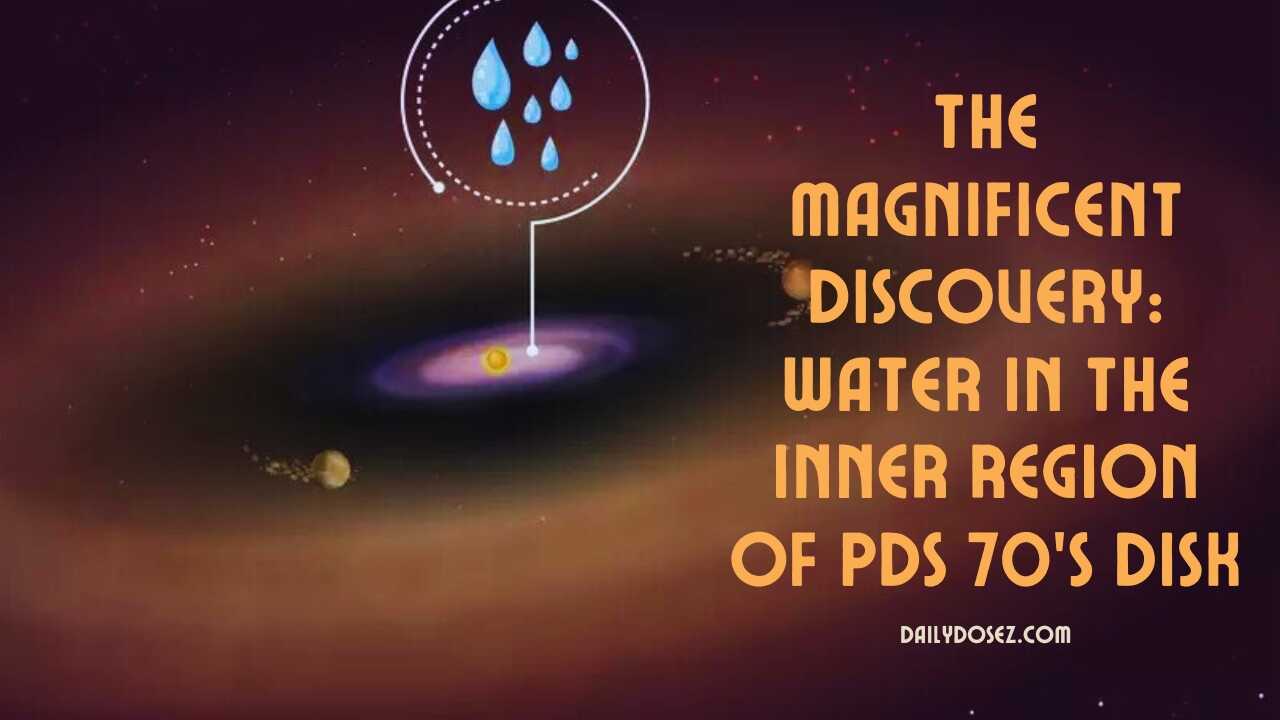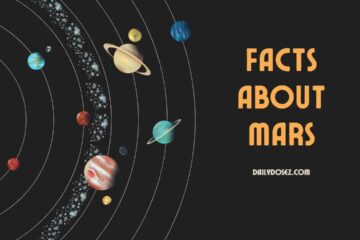A groundbreaking discovery by the MPIA-led MINDS research collaboration, using the James Webb Space Telescope (JWST), has revealed the presence of water in the inner region of a gas and dust disk surrounding the young star PDS 70.
This finding is a significant milestone as it marks the first detection of water in such a disk hosting at least two planets. The implications of this discovery suggest that terrestrial planets forming in this zone may have a substantial local water reservoir, which could enhance their potential habitability.
Water and the Quest for Life Beyond Earth
Water is undeniably essential for life as we know it on Earth. However, its origin and distribution in the cosmos have been subjects of ongoing scientific debate. One prevailing theory proposes that water is delivered to young planets through water-bearing asteroids impacting their surfaces.
The recent discovery of water in the disk of PDS 70 opens the possibility that water might also serve as one of the initial ingredients for rocky planets, potentially making it available from the very beginning.
The James Webb Space Telescope and the MINDS Research Program
The James Webb Space Telescope, equipped with the Mid-InfraRed Instrument (MIRI), played a pivotal role in this discovery. The MINDS (MIRI Mid-Infrared Disk Survey) program, a JWST guaranteed-time initiative involving research institutes from 11 European countries, aims to study the properties of gas and dust disks around young stars. PDS 70, with an age of approximately 5.4 million years, is the first relatively old disk where astronomers have detected water.
PDS 70: The Key to Challenging Prevailing Hypotheses
Traditionally, it was believed that the inner regions of evolved, dust-depleted disks might be devoid of water due to harsh stellar radiation. However, the detection of water near the disk center of PDS 70 challenges this assumption.
This finding suggests that the inner regions of evolved disks may not be as dry as previously thought, potentially providing a water-rich environment for the formation of terrestrial planets.
Water: A Crucial Ingredient for Planet Formation
While no planets have been observed in the inner region of PDS 70’s disk, the presence of two gas-giant planets farther out (PDS 70 b and c) hints at the possibility of rocky planets forming closer to the star.
If such planets were to form in a water-rich environment, they would benefit from a readily available water supply from the beginning of their existence.
The Origin of Water in PDS 70’s Disk
The discovery of water near PDS 70 raises intriguing questions about its origin. The MINDS team is currently exploring several scenarios to explain this finding. One possibility is that the water might be remnants of a water-rich nebula that preceded the disk formation.
Alternatively, water could be generated by the combination of oxygen and hydrogen gas entering the disk from its outer rims, along with water-rich dust particles migrating in from the outer dust ring.
Completing the Picture with JWST and Ground-Based Observations
While the JWST and MIRI have provided valuable insights, astronomers are employing various observations, including those from ground-based telescopes, to gain a comprehensive understanding of PDS 70’s disk.
They eagerly await further JWST observations to unveil detailed images of the inner disk, which could shed light on the structure of the water reservoir and potentially reveal more terrestrial planets or sub-Neptunes forming within.
Unlocking the Secrets of Planet Formation and Habitability
The discovery of water in the disk of the young star PDS 70 represents a significant leap in our understanding of planet formation and the potential for habitability beyond our solar system. As the MINDS program progresses, we may gain valuable insights into whether water is a common ingredient in the formation of terrestrial planets around young stars or if PDS 70 is a unique case.
Such discoveries open new doors to explore the possibility of finding habitable rocky planets with abundant water, sparking further excitement in the quest for life beyond Earth.
Conclusion
In summary, the discovery of water in the disk of the young star PDS 70, using the James Webb Space Telescope, offers new insights into planet formation and potential habitability. This groundbreaking finding challenges previous assumptions and opens up exciting possibilities for understanding the origin of water in the cosmos and the potential for finding habitable planets beyond Earth.




